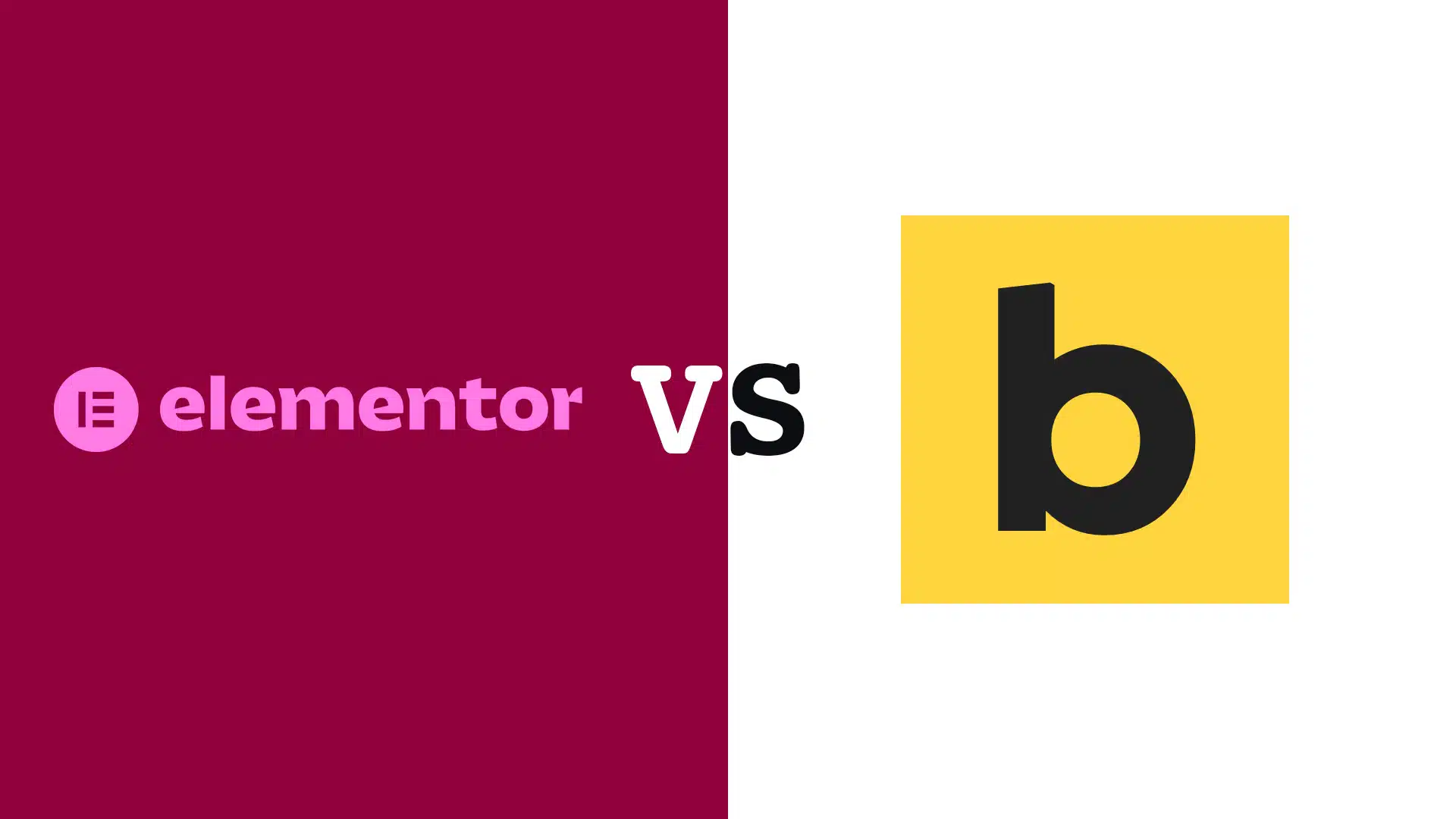Table of Contents
As the landscape of WordPress website builders evolves, the spotlight has increasingly focused on two major players: Elementor and Bricks. Both platforms have carved out significant niches, but choosing between them can be challenging. This article offers an in-depth comparison of Elementor and Bricks, culminating in a well-rounded conclusion that leans towards Elementor for most users in 2024.
Overview of Elementor vs Bricks
Elementor, a long-standing favorite, has established itself as one of the most popular WordPress page builders. Known for its user-friendly interface and extensive features, it caters to both beginners and professionals. Bricks, a newer entrant, is a theme builder that integrates tightly with WordPress, focusing on performance and a streamlined building experience.
User Interface and Ease of Use
Elementor: Renowned for its intuitive drag-and-drop interface, Elementor makes web design accessible. The visual builder allows real-time editing, which is a boon for those who prefer seeing changes as they happen.
Bricks: Bricks also offers a real-time, front-end editing experience. However, its interface, while sleek, has a steeper learning curve compared to Elementor, especially for beginners or those used to traditional WordPress interfaces.
Customization and Design Capabilities
Elementor: With a vast array of widgets, templates, and design options, Elementor stands out in customization. It offers more choices in terms of pre-designed elements and the flexibility to create complex designs without coding.
Bricks: Bricks, although robust in its design capabilities, currently lacks the extensive library of pre-made templates and widgets found in Elementor. This can limit designers who rely heavily on pre-designed elements.
Performance and Optimization
Elementor: Elementor, while feature-rich, can sometimes lead to heavier page loads, especially when many widgets and plugins are used. However, recent updates have focused on improving this aspect.
Bricks: Bricks is designed with performance in mind. It generally creates lighter pages, which is crucial for SEO and user experience. This makes Bricks a strong contender for performance-oriented developers.
Pricing and Support
Elementor: Elementor offers a free version with basic features and several premium plans. It boasts a large community and extensive documentation, making support readily available.
Bricks: Bricks is typically available as a one-time purchase, which can be more economical in the long run. However, its community and support resources are not as vast as Elementor’s, given its newer status in the market.
Final Verdict: Why Elementor Holds the Edge in 2024
While Bricks shows promise, especially in performance and streamlined design, Elementor remains the preferred choice for a broader range of WordPress users as of 2024. Here’s why:
- User-Friendliness: Elementor’s intuitive design makes it more accessible, especially for beginners.
- Rich Feature Set: The extensive widgets, templates, and customization options in Elementor cater to a wide range of design needs.
- Community and Support: The large user base and extensive documentation make finding help and resources easier with Elementor.
- Continuous Improvements: Elementor consistently updates its features and performance, staying ahead in the dynamic web building landscape.
In conclusion, while Bricks is a strong option for those prioritizing performance and a modern building experience, Elementor’s versatility, ease of use, and extensive resources make it a more suitable choice for a diverse range of WordPress users in 2024.
Help Geoff Bytes out by clicking on our affiliated link: https://be.elementor.com/visit/?bta=220195&nci=5383





